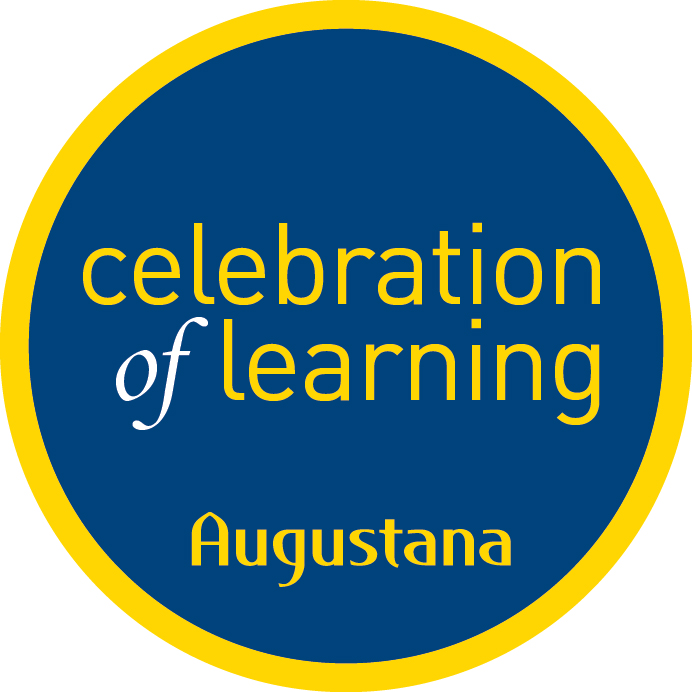Project Advisor(s) (Students Only)
Dr. Kevin Flaherty
Presentation Type (All Applicants)
Poster Presentation
Disciplines (All Applicants)
Anatomy | Education
Description, Abstract, or Artist's Statement
Virtual reality (VR) technology is becoming more accessible within educational settings due to price decreases and greater software availability. VR is particularly useful for teaching anatomy, as students often struggle to learn the three-dimensional relationships between body structures from two-dimensional images in textbooks. Using funds from Augustana’s Pedagogy and Technology Grant, we purchased and assembled a VR workstation and began researching the effectiveness of VR in anatomy education. The early results of this research show that students exhibited substantial increases in their knowledge anatomical structures and their ability to reconstruct the three-dimensional relationships between anatomical structures after 30 minutes using the 3D Organon VR Anatomy© program. This increase, however, was similar to the knowledge increase shown by students using an anatomy visualization program made for desktop computers from the same company. When asked to compare the two, students indicated a preference for the VR program because of the ability to interact with structures in three-dimensions. Furthermore, participants reported that the VR program was easy to use, even though very few of them had previously used VR. These results, while preliminary, indicate that VR has the potential to greatly enhance the student experience of learning anatomy when used in conjunction with traditional anatomical education methods.
Augustana Digital Commons Citation
Flaherty, Dr. Kevin; Pinheiro, Juliana; and Karger, Benjamin. "Investigating the benefits of virtual reality on student acquisition of 3D anatomical information" (2019). Celebration of Learning.
https://digitalcommons.augustana.edu/celebrationoflearning/2019/posters/4
Investigating the benefits of virtual reality on student acquisition of 3D anatomical information
Virtual reality (VR) technology is becoming more accessible within educational settings due to price decreases and greater software availability. VR is particularly useful for teaching anatomy, as students often struggle to learn the three-dimensional relationships between body structures from two-dimensional images in textbooks. Using funds from Augustana’s Pedagogy and Technology Grant, we purchased and assembled a VR workstation and began researching the effectiveness of VR in anatomy education. The early results of this research show that students exhibited substantial increases in their knowledge anatomical structures and their ability to reconstruct the three-dimensional relationships between anatomical structures after 30 minutes using the 3D Organon VR Anatomy© program. This increase, however, was similar to the knowledge increase shown by students using an anatomy visualization program made for desktop computers from the same company. When asked to compare the two, students indicated a preference for the VR program because of the ability to interact with structures in three-dimensions. Furthermore, participants reported that the VR program was easy to use, even though very few of them had previously used VR. These results, while preliminary, indicate that VR has the potential to greatly enhance the student experience of learning anatomy when used in conjunction with traditional anatomical education methods.
